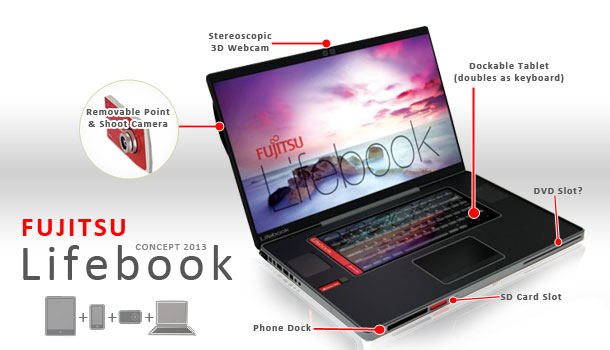

Convergence is a word from which the mobile computing industry finds it impossible to diverge. Convergence of device boundaries has popped up 'on the radar' repeatedly in articles from this source, and apparently will continue to do so.
Such is the case with the Fujitsu Lifebook 2013 Concept notebook, which is a multifunctional device combining a laptop, tablet, mobile phone, and a camera. One must, in the literal sense, see it, to understand it; so images are included, courtesy of Fujitsu.
The 'Lifebook 2013 Concept' notebook was conceived by award-winning Indian Industrial Designer, Prashant Chandra, of Yanko Design. That entry in the Fujitsu Design Awards competition is a winner out of more than 3,000 entries from 99 countries.
Chandra said the purpose of the product is to avoid duplication of data and hardware components across multiple devices. That means the integrated device, when all components are connected, share processors and data storage.
The notebook cannot function without at least the combination tablet installed; because the tablet becomes a touch-screen virtual keyboard when snapped into the notebook. When used as a notebook, the camera and smartphone should also be docked into the notebook shell to supplement the notebook CPU and storage. The camera, mobile phone, and touch-screen tablet can function independently.
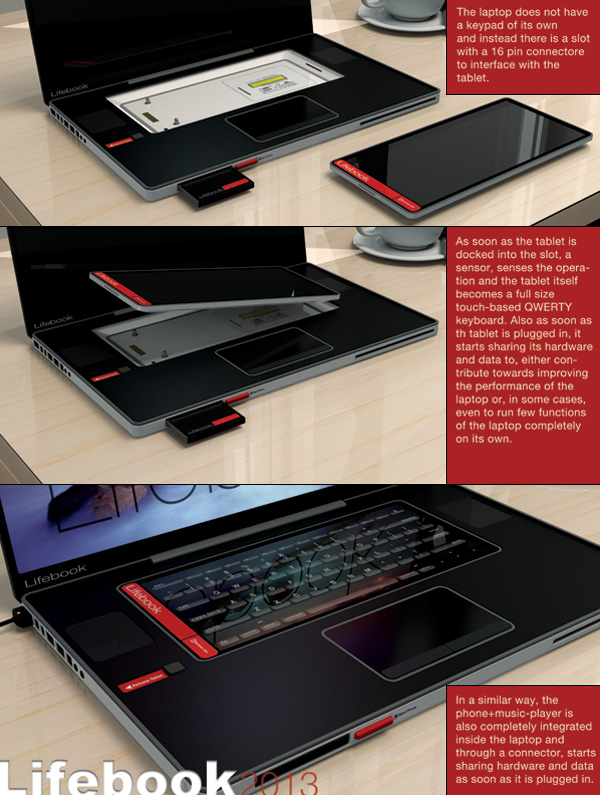

The primary advantage of this arrangement is automatic sharing of data across devices. That does not translate into automatic back-up of data across all four devices, and the total amount of storage is likely to be less than typically found in standard notebooks.
The Reality = Grade of C-minus for Real-world Functionality
When consumers or corporations purchase any of the four devices listed above, they usually are choosing from among a vast array of competing products. Try this proposition: Company 'Baker' makes both a tablet and a camera. What is the probability they made the camera you liked best, and the tablet you would choose?
Now try that with all four devices. Even if each individual device is 'pretty good' it is very unlikely you would choose even three of the four. Remember each of those individual devices must make definite ergonomic, storage, or CPU compromises in order to integrate into a single product. Now evaluate each of the four as stand-alone devices, against the many competitors for each, and it is unlikely you would purchase any of them because of those compromises.
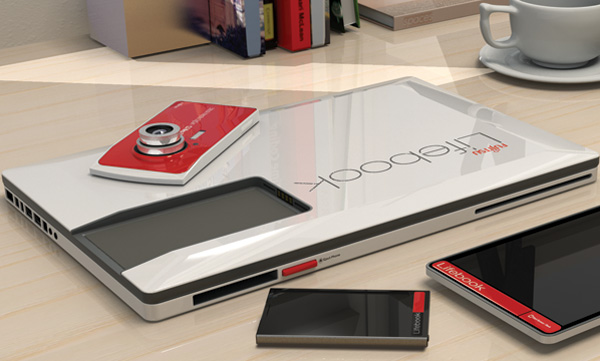

The 'deal-killer', however, is the touch-screen virtual keyboard. Consumers that need a keyboard for more than a few minutes typically will supplement tablets with real, physical keyboards. The lack of an integrated physical keyboard is often the reason for not buying a tablet.
Assessment
Chandra did a great job with this design. There are gadget-lovers that will get in line to buy this Lifebook 2013 concept if Fujitsu brings it to market. More importantly, that exercise will give the company engineering experience for future designs, that money alone cannot buy.

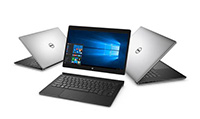 Laptop & Tablet Parts
Laptop & Tablet Parts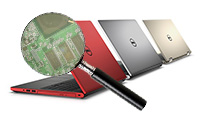
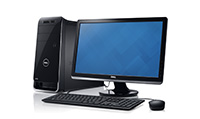

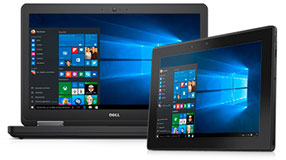


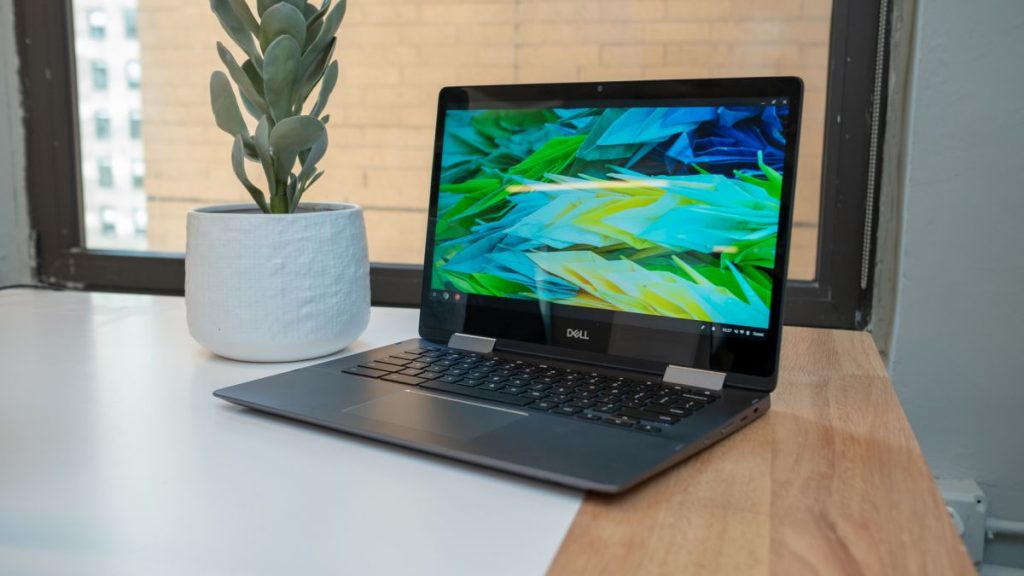
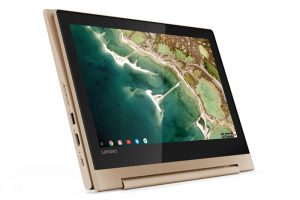
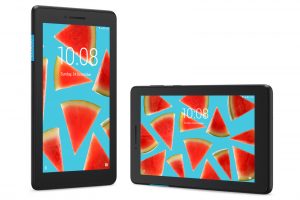
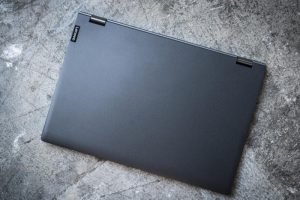
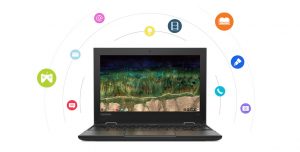
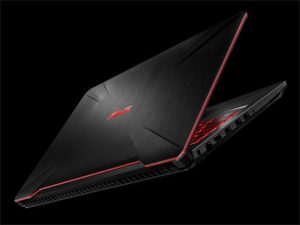
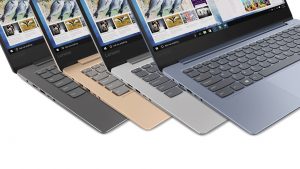
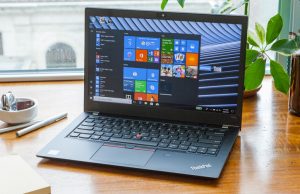
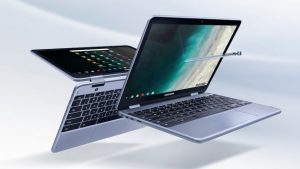
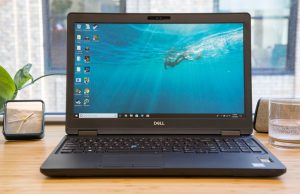
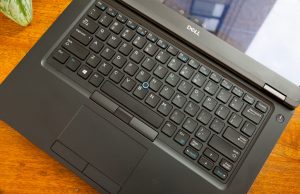
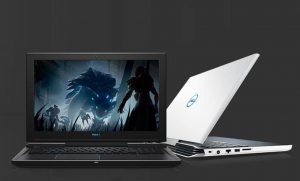
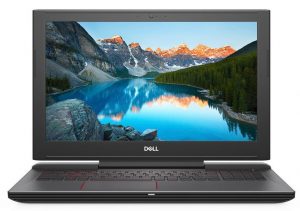

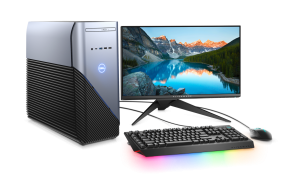

5 Responses to Multifunction Convergence – Fujitsu Lifebook 2013 Concept Notebook